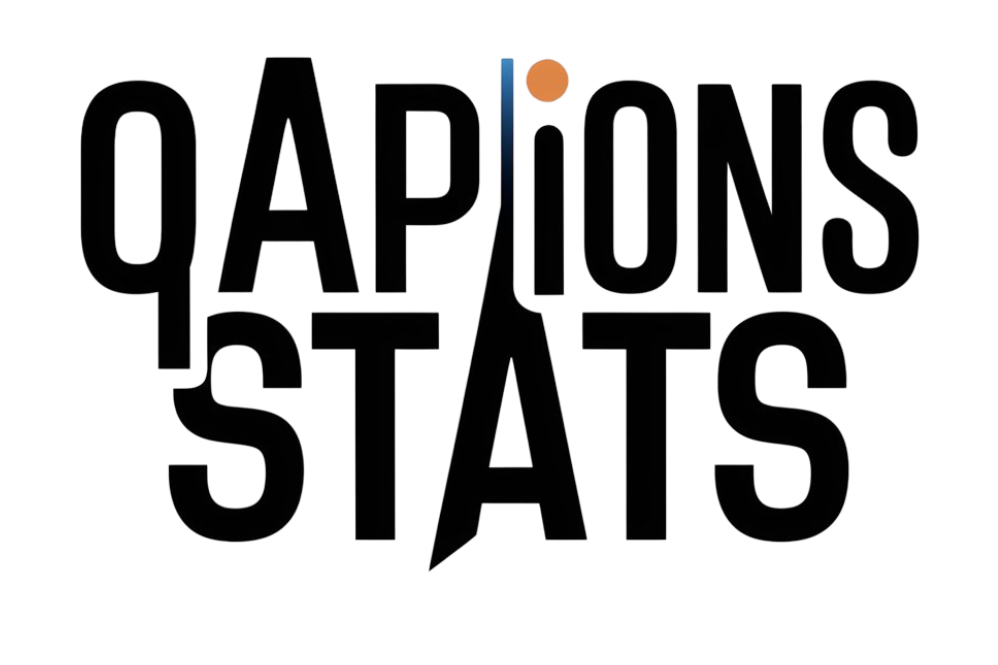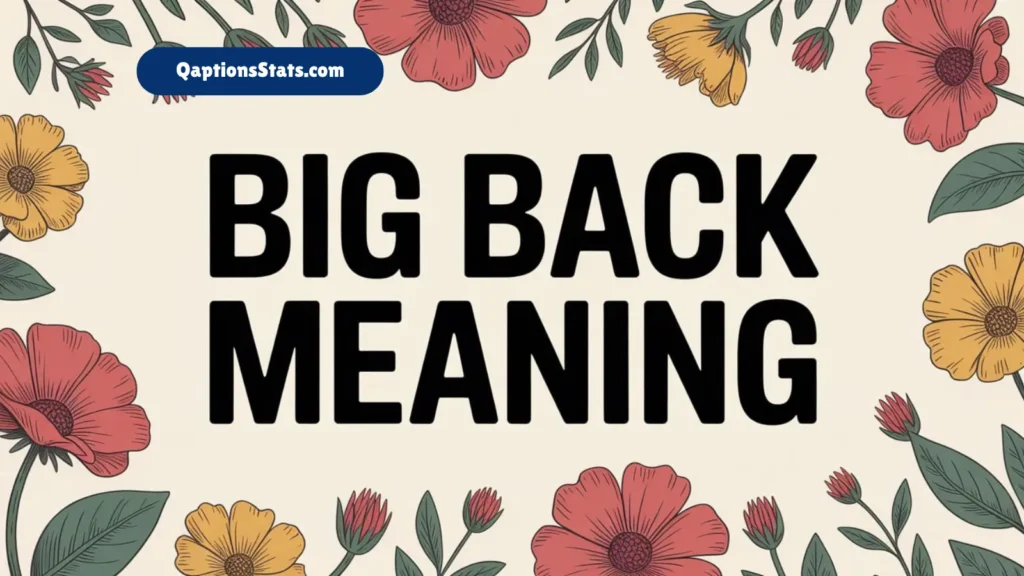Language is a dynamic and ever-evolving entity, reflecting societal changes, cultural shifts, and generational nuances. One such term that has recently gained traction, particularly among younger demographics and on social media platforms, is “big back.” This phrase, while seemingly innocuous, carries layers of meaning, connotations, and implications that merit a comprehensive exploration.
In this article, we delve into the origins, interpretations, and societal impacts of the term “big back,” aiming to provide a thorough understanding of its usage and the broader conversations it sparks about body image, language, and cultural sensitivity.
Origins of “Big Back”
The term “big back” has its roots in African American Vernacular English (AAVE) and Caribbean cultures, where “back” has historically been used to refer to the buttocks. Over time, and with the influence of social media platforms like TikTok, the term has evolved and taken on new meanings.
Initially, “big back” was used to describe someone with a large or muscular back, often in a complimentary context within fitness communities. However, its usage has shifted, and it is now commonly employed as a slang term to describe someone perceived as overweight, particularly focusing on the upper body or back area.
Related Post: AWOL Meaning and Hiatus Explained in Simple Terms
Interpretations and Usage
1. Descriptive Usage
In some contexts, “big back” is used descriptively to refer to someone with a physically large back, whether due to muscle mass or body size. For instance:
- “He’s been hitting the gym hard; look at that big back!”
This usage is typically neutral or even positive, especially within fitness circles.
2. Derogatory or Humorous Usage
More commonly, “big back” is used in a derogatory or humorous manner to comment on someone’s weight or eating habits. Examples include:
- “You’re going for seconds? Big back behavior!”
- “After that meal, I need to unbig my back.”
In these instances, the term is often employed to mock or tease, contributing to body shaming and perpetuating negative stereotypes about body size.
Read Also: Tiger’s Eye Meaning – A comprehensive Guide
3. Cultural and Social Media Influence
The term’s popularity has been amplified by social media trends, with users creating content that humorously references “big back” in various scenarios. However, this widespread usage has also led to increased scrutiny and discussions about the term’s appropriateness and potential harm.
Societal Implications
Body Shaming and Fatphobia
The derogatory use of “big back” contributes to a culture of body shaming and fatphobia. By using body size as a punchline or insult, it reinforces harmful stereotypes and can negatively impact individuals’ self-esteem and mental health.
Gendered Implications
Women, in particular, are often targeted by such terms, reflecting societal pressures and unrealistic beauty standards. The objectification and scrutiny of women’s bodies are perpetuated through slang terms like “big back,” which reduce individuals to physical attributes.
Cultural Sensitivity and Appropriation
The evolution of “big back” from its origins in AAVE and Caribbean cultures to mainstream usage raises questions about cultural appropriation and the importance of understanding and respecting the origins and meanings of colloquial terms.
Alternatives and Encouraging Positive Language
Promoting body positivity and respectful language is crucial in fostering inclusive and supportive communities. Instead of using terms that may be derogatory or harmful, consider the following alternatives:
- Descriptive and Neutral Language: Use objective terms that describe physical attributes without judgment. For example, “broad-shouldered” or “muscular back.”
- Compliments Focused on Strength and Health: Highlight positive aspects related to strength and health, such as “strong back” or “powerful physique.”
- Avoiding Unnecessary Comments on Body Size: Recognize that commenting on someone’s body size is often unnecessary and can be intrusive or hurtful.
Conclusion
The term “big back” exemplifies how language evolves and reflects societal attitudes. While it may be used humorously or casually, it’s essential to be mindful of its potential to perpetuate body shaming and cultural insensitivity. By choosing our words carefully and promoting positive, inclusive language, we can contribute to a more respectful and supportive society.



